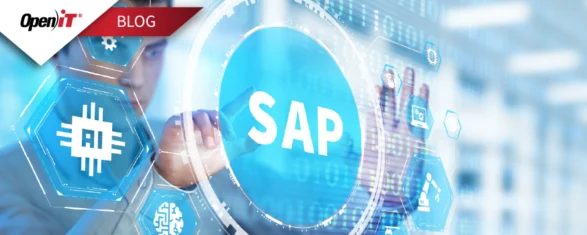Software vendors currently offer a number of different software licensing models and they continue to introduce new models, each with different metrics, terms and conditions.
While this trend can have its advantages, such as having more licensing options that will be more suitable for an organization, these complicated new licensing metrics can actually leave the end-user with higher software expenses. The same thing applies to more common licensing models. The lack of awareness on the complexities of licensing metrics results to unnecessary costs.
Concurrent Licensing Model
Even with the emergence of new models, the use of concurrent licensing model is still dominant among enterprises. Instead of buying a license for each user, these enterprises only need to buy the number of licenses that are being used at the same time. Generally, large enterprises span multiple locations with many end-users working on different shifts and time zones. This makes the concurrent licensing model a sensible choice.
Metering concurrent license usage, however, is trickier than it seems. Standard metering tools and traditional SAM practices may not provide accurate results that can be used as basis for software optimization.
Accurate usage metering is important for concurrent licenses. These licenses are typically two to three times more expensive than user or device-based licenses, which is why it is essential for the organization to get the most from every dollar spent.
One of the challenges in concurrent license usage metering that not all metering tools are addressing is getting the “true” global usage. To see the entire enterprise’s global usage, metering tools collect usage data from each site and combine them. Due to the number of locations and different time zones, many standard tools do not handle correct calculation of concurrent usage.
Some organizations, on the other hand, opt to do metering of global usage manually. The IT asset manager will ask the technical staff from each location to provide usage data and manually put all the data together. This is difficult, inefficient and unreliable.
Incorrect handling of concurrency can be disastrous for the IT budget. If the IT manager gets an incorrect usage report, it may result to unnecessary purchases and poor IT decisions. Losing track of true usage data is equivalent to throwing away money.
Open iT
When it comes to software usage metering tools, it is advantageous to choose one that correctly handles the complexities of concurrency. Open iT is a unique, advanced monitoring and reporting solution for true global software usage metering.
With its superior and unique way of measuring concurrency, Open iT is designed to operate in large, global installations. It gathers usage data from the lowest level and synchronizes the data from several sources to deliver detailed and accurate statistics of all software licenses across any combination of local or global servers without the need for changes in the infrastructure.
Conclusion
For software optimization, organizations must be fully aware of software licensing models, the metrics, terms and the conditions attached to them. That may be the first step, but software optimization is about getting the most out of your software investments. For concurrent licenses, use powerful metering solutions such as Open iT to achieve global software efficiency.
For more details about Open iT usage metering solution, please click here.






